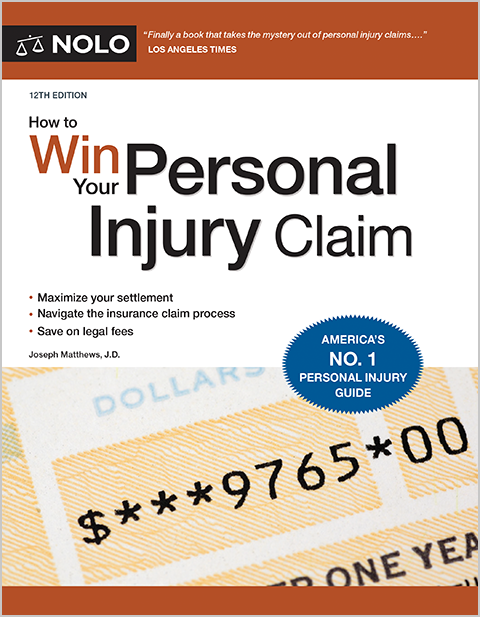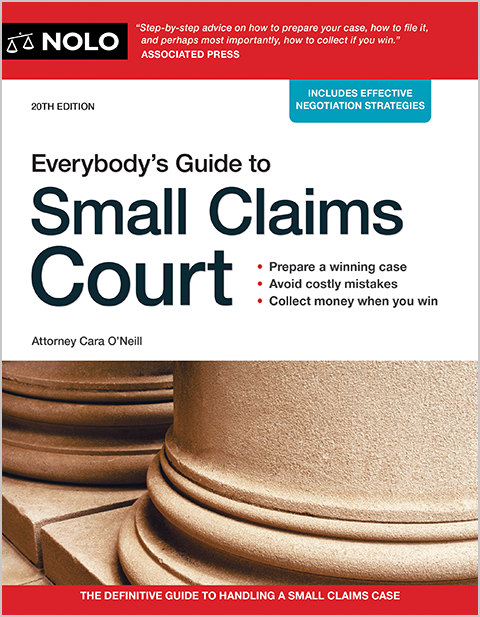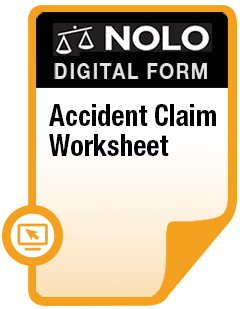A pedestrian must follow traffic rules, so how does jaywalking affect a pedestrian's injury case?
Whenever there's a traffic accident between a pedestrian and a vehicle, the pedestrian will almost always end up worse off, mostly because of the laws of physics. It may go against assumptions, but it's possible for the pedestrian to be at fault for this kind of accident, especially if they were jaywalking or violating some other traffic rule.
What Is "Jaywalking"?
From drivers and motorcyclists to bicycle riders and pedestrians, everyone must follow the rules of the road. It's against the law for a pedestrian to "jaywalk," but what does that mean?
"Jaywalking" is something of an informal, catch-all term that applies when a pedestrian disobeys traffic signals or otherwise violates a traffic or safety-related law. This could include:
- walking across a street against a traffic signal
- crossing traffic in the middle of a street where there are designated crosswalks
- walking on a highway, freeway, or bridge where pedestrian traffic isn't permitted.
Jaywalking Can Lead to "Shared Fault" in a Pedestrian-Car Accident Case
If a pedestrian jaywalks or otherwise fails to follow the rules of the road, and that failure plays a part in an accident, the pedestrian will probably be found at least partially at fault.
Practically speaking, this means any "damages" (compensation) the pedestrian is able to recover from other at-fault parties may be lowered. The exact role that a pedestrian's negligence will play in a legal claim will depend on the "shared fault" rules in place where the accident occurred, specifically, whether the state follows contributory or comparative negligence.
Jaywalking in "Contributory Negligence" States
Under this harsh rule, if a jaywalking pedestrian is hit by a driver who was speeding, the pedestrian will probably recover nothing in a lawsuit against the driver, if the jaywalking amounted to any amount of negligence. Only a handful of states still follow this antiquated rule.
Jaywalking in "Comparative Negligence" States
Under this rule (some version of which is followed by nearly every state), the jaywalking pedestrian's level of fault determines the total amount they can ultimately recover from anyone else who might have caused the accident. There are two variations of this rule.
Modified comparative negligence first requires that the jaywalking pedestrian's level of fault not exceed a certain threshold (usually either "less than 50 percent" at fault or "not more than 50 percent" at fault depending on the state) before they can recover anything from other parties. As long as that threshold isn't crossed, the amount of compensation the injured pedestrian can receive will be reduced by their share of fault.
Pure comparative negligence has no fault threshold. As long as the plaintiff wasn't 100% at fault, they'll be able to recover at least something.
Learn more about contributory and comparative negligence in car accident cases, and get the details on the car accident laws in your state.
What If Jaywalking Is Now Legal Where You Live?
In recent years, some cities and states have legalized jaywalking and other pedestrian behavior that, in the past, might have drawn a traffic citation. In jurisdictions like this, even if jaywalking isn't technically illegal, pedestrians (and everyone else on the road) still must exercise reasonable care. So, whether or not jaywalking is technically a traffic violation, it can be be deemed negligent conduct in a lawsuit over a traffic accident.
How Does a Jaywalking Pedestrian Get Recovery for Accident Injuries?
How a jaywalking pedestrian recovers compensation will depend on who was at fault for the accident, and where the accident occurred.
If the accident occurs in a traditional "fault"-based car insurance state, the pedestrian can recover from the other driver by making a third party car insurance claim under the driver's liability coverage. If the pedestrian was completely at fault for the accident, or if the state's shared fault rules look like jaywalking will effectively doom any case against the driver, the pedestrian's own health insurance policy may be the only avenue of payment for medical treatment.
If the accident occurs in a no-fault car insurance state, either the pedestrian's or the driver's own car insurance policy (specifically, the "personal injury protection" or "PIP" coverage) will pay to treat the pedestrian's injuries, even if the pedestrian was at fault.
Learn more about your options if you're a pedestrian hit by a car.
Getting Help After a Car-Versus-Pedestrian Accident
If jaywalking played a part in a pedestrian-car accident you were involved in, it might make sense to discuss your situation with an experienced car accident lawyer, especially if the crash caused serious injuries and there's a lot on the line.
Learn more about how a car accident lawyer can help you and get tips on how to finding the right injury lawyer for your case.



